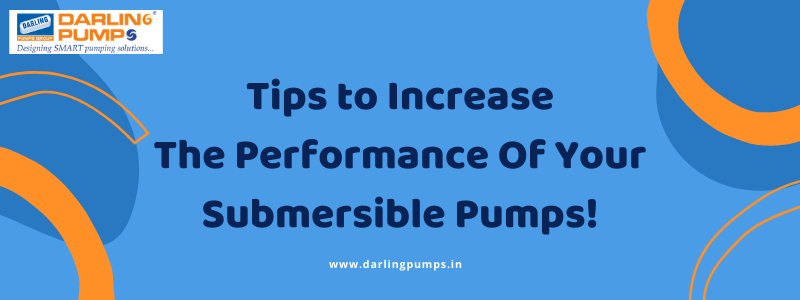
When you go on to select a submersible pump, dewatering pump, or even a slurry pump for your plant, you would want to go for the pump that is going to handle the liquids, as well as, waste that you deal with on a daily basis in the best manner possible. However, selecting the right pump is just the first step of the challenge. You will have to make sure that you are also maximizing your pump’s performance, to its optimal level. This will not only ensure that you are prolonging the life of your submersible/dewatering/slurry pump, but it will also minimize the downtime. On top of this, it saves maintenance as well as repair costs.
On a generic note, the best thing to do is to weigh in some factors while operating your pump. We give two such factors below. Always remember that a high-quality manufacturer or even a distributor can help you with information that would make the right installation, for your pump to perform optimally. Nevertheless, even if all you are looking for is to improve an already installed pump, the following tips can come in handy.
1. Operate your pump at BEP- The BEP or best efficiency point can be defined as the flow at which your pump is operating at its optimum efficiency for its impeller diameter. At the BEP, you go on to reduce the radial, as well as, axial loading on the bearings to the lowest possible value for that pump. If we take the example of shredder pumps, this becomes the best balance point between passing solids through as well as having enough time in your hands, for shredding them sufficiently. One thing to keep in mind is that, if the flow is insufficient, then the velocity will end up being too low for moving the solids through the system. This will result in the drop of solids in the fluid and they will further settle out in the piping system. Eventually, this could lead to clogs. On the other hand, if there is too much velocity, then the flow will end up moving too fast through the pump. In this situation, the solids might not get shredded enough and would again, lead to causing clogs. In such cases, a throttling valve or an orifice plate can help.
2. Reducing the no. of pump cycles per hour- When you balance the influent rate, as well as, the discharge rate, it would help you in minimizing the number of pump starts. The influent rate refers to the rate at which the water comes into the sump. On the other hand, the discharge rate refers to the amount of flow that the pump is producing. If you are someone who has a wet well that is too small in size, you will have to fill it up and drain it down repeatedly. In this way, you may even end up short-cycling the pump every minute or two, until eventually, the motor leads to overheating and failing. When there are fewer cycles, it keeps the motor cooler. This will also keep the pump running more smoothly.
If you want to know more about running your submersible pump, dewatering pump, or slurry pump to the best of its ability, visit https://www.darlingpumps.in/. Contact us at +91 99819 92833.
